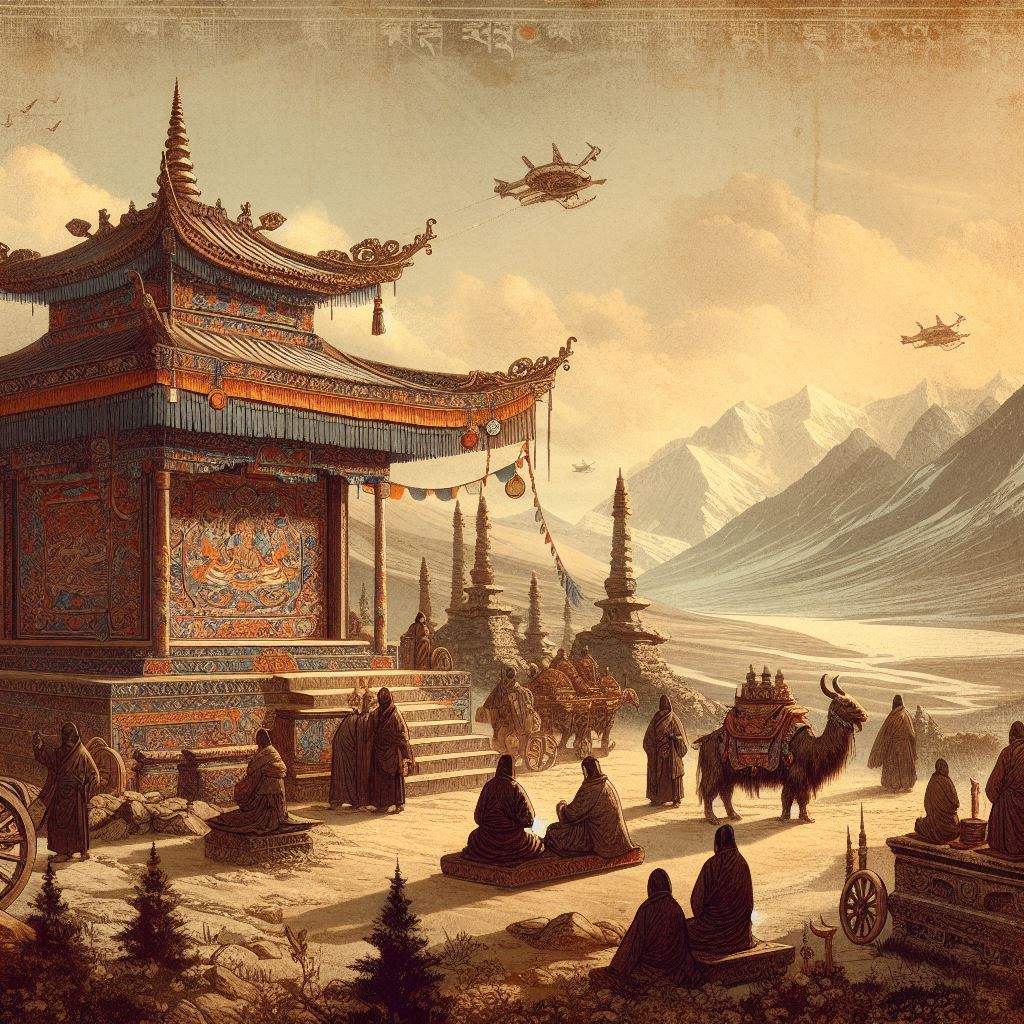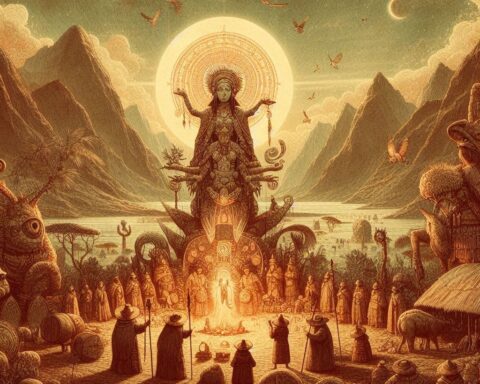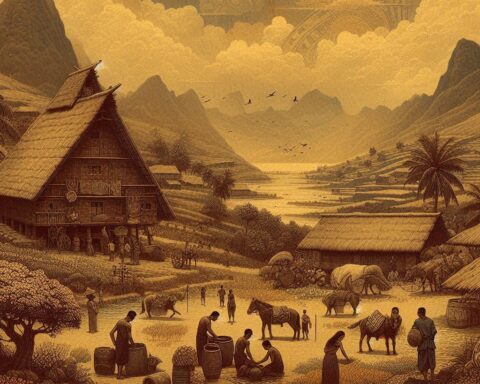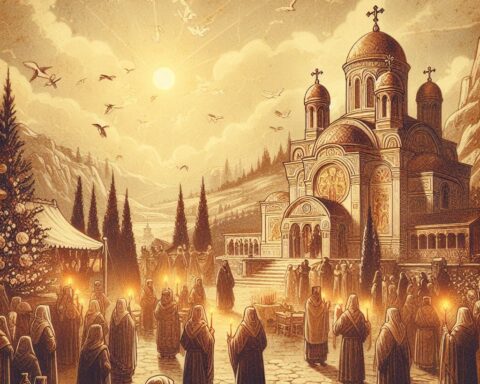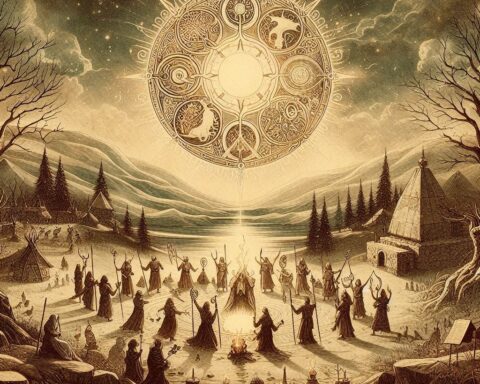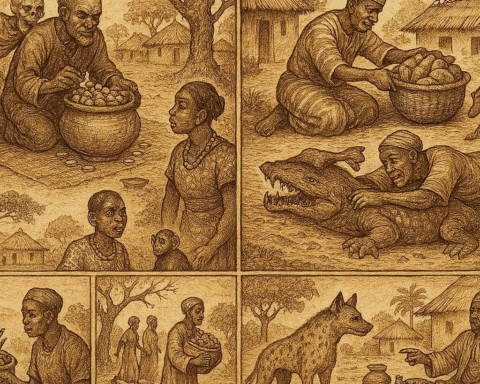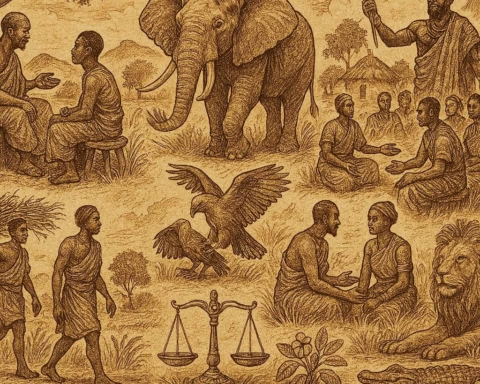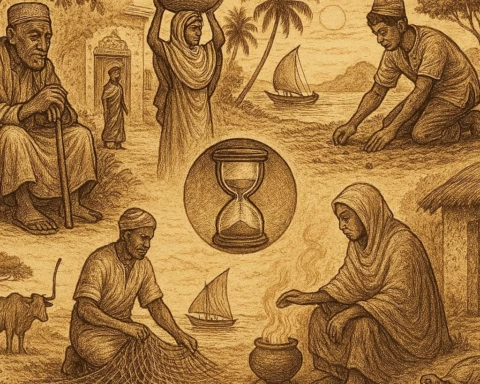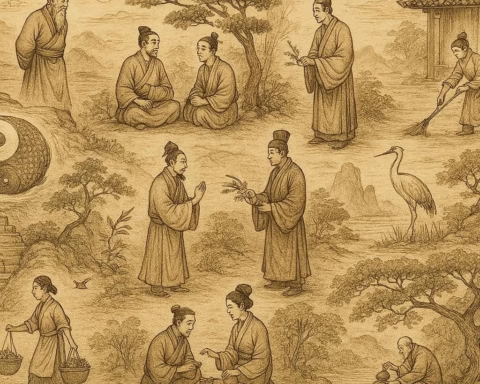In the wind-scoured highlands of Tibet, where mountains pierce the clouds and the air is thin with silence, death is not seen as an end but as a bridge. Among the most profound of Himalayan traditions is the jhator, the “giving of the body to the birds”, commonly known as the Tibetan sky-burial. It is both an act of compassion and an echo of ancient Buddhist philosophy: to let go completely, even of the body itself.
For centuries, nomadic life and the harsh, rocky terrain made cremation and in-ground burial impractical. Wood was scarce, the soil too hard to dig. The sky-burial emerged as a sacred, practical solution, but more than that, it became a rite of deep spiritual meaning. Here are seven customs and beliefs that form the beating heart of this ritual.
1. The Calling of the Monks
When a person dies, the family summons Buddhist lamas to perform phowa, a ritual meant to guide the consciousness from the body into the cycle of rebirth. The chanting of scriptures, rich with the syllables of mantras, fills the home, a reminder to the living that death is a continuation, not an erasure. This is the first act of preparing the soul for its next journey.
2. The 49 Days of Prayer
According to Tibetan Buddhist belief, the soul remains in the bardo, the intermediate state, up to 49 days after death. During this time, family and community members make offerings, burn incense, and recite prayers to ease the soul’s passage. Every seventh day holds particular significance, marking spiritual checkpoints toward liberation or rebirth.
3. The Secret Timing
Sky-burials are performed at dawn, often before the sun crests the peaks. The timing is deliberate: the air is still, the vultures are hungry, and the mountains are quiet. This hour symbolizes the threshold between night and day, death and life, a liminal moment when the spirit slips most easily between worlds.
4. The Vultures as Sacred Messengers
In Tibetan cosmology, vultures are not carrion birds to be shunned, but dakinis, sky dancers, who carry the remains upward into the endless blue. To have one’s body consumed entirely is a blessing; it means the cycle is complete and nothing is wasted. Should the vultures refuse to eat, it is taken as a spiritual warning, a sign that the deceased may have led an unvirtuous life.
5. The Ritual of the Body
The body is treated without vanity but with reverence. Special body-breakers, called rogyapas, dismember the remains and mix them with tsampa (barley flour) and yak butter to ensure the vultures consume every fragment. The act is not macabre to Tibetan eyes, it is generosity at its highest, giving one’s very form to sustain other living beings.
6. The Silence of the Family
Family members rarely attend the final moments. Tibetan tradition teaches that attachment can bind the soul, delaying its release. Instead, loved ones remain at home, praying for the deceased’s journey. This absence is an act of love, allowing the spirit to depart freely without the weight of grief pulling it back.
7. The Return to the Wind
When the vultures rise in spirals, disappearing into the mountains, it is said the soul has taken flight. The earth is left unmarked, no tombstone, no shrine, only the memory of prayers and the open sky. This final act teaches impermanence: all things pass, and in their passing, they nourish what comes after.
Origins of the Sky-Burial Tradition
The roots of sky-burial reach into both Buddhist doctrine and the harsh geography of the Tibetan Plateau. Influenced by Indian Buddhist texts such as the Bardo Thödol (The Tibetan Book of the Dead), the practice reflects the Buddhist teaching of shunyata, emptiness, and the compassionate act of giving. Archaeological evidence suggests variations of the practice existed as early as the 12th century, though it became codified with the spread of Vajrayana Buddhism.
Practicality also played its part. With permafrost making graves impossible and scarce timber making cremation costly, returning the body to the elements was the most viable option. Over time, practicality intertwined with philosophy, producing a ritual both efficient and deeply sacred.
Knowledge Check
Q1: What is the Tibetan term for sky-burial?
A1: The Tibetan term is jhator, meaning “giving alms to the birds.”
Q2: Why are vultures considered sacred in Tibetan Buddhism?
A2: Vultures are seen as dakinis or sky messengers, carrying the deceased’s remains to the heavens.
Q3: How long is the soul believed to remain in the bardo after death?
A3: Up to 49 days, with rituals performed every seventh day.
Q4: Why do family members often avoid the final sky-burial rites?
A4: To prevent emotional attachment from binding the soul and delaying its journey.
Q5: What practical reasons contributed to the rise of sky-burials in Tibet?
A5: Scarcity of wood for cremation and frozen ground making burials difficult.
Q6: What is the spiritual significance if vultures refuse to eat the body?
A6: It is considered a bad omen, suggesting the deceased may have lived an unvirtuous life.
Cultural Origin: Tibetan Buddhist tradition, primarily practiced in the Himalayan regions of Tibet, Qinghai, and parts of Bhutan and Nepal.
